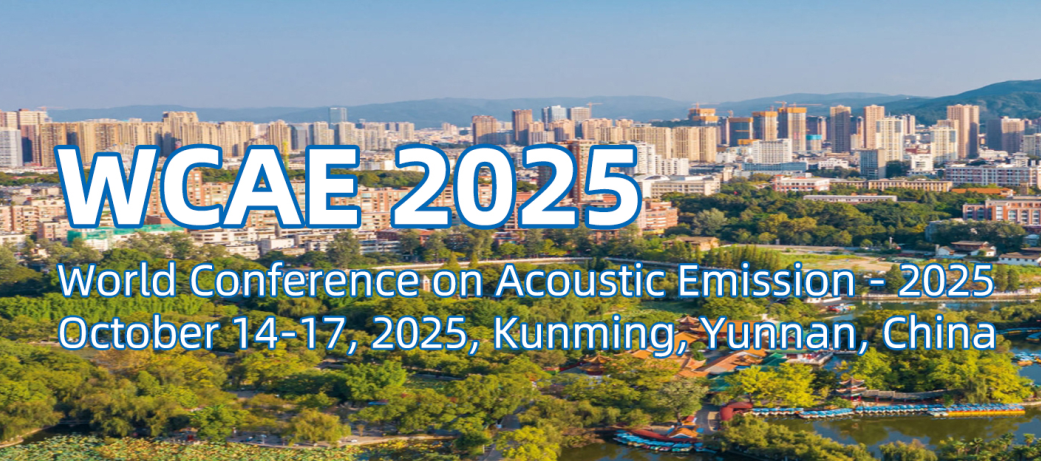Introduction of ISAE
The International Society on Acoustic Emission (ISAE) was founded during the World Conference on Acoustic Emission-2011 (WCAE-2011), which was held successfully in Beijing on August 24-26, 2011, with a total 136 delegates from 19 countries. An interim governing body was elected to the establishment of the World Congress on Acoustic Emission, later was changed to International Society on Acoustic Emission (ISAE). The “World Conference on Acoustic Emission (and may include the year, i.e., 2013)” is sponsored by the ISAE.
The ISAE Constitution was reviewed and approved at the ISAE Business Meeting during WCAE-2013. It was then revised at the ISAE Business Meeting during WCAE-2017, WCAE-2019 and WCAE-2023, respectively.
The 1st officers of ISAE were elected during the WCAE-2013. The 2nd officers of ISAE were elected during the WCAE-2017. And the 3rd officers of ISAE were elected during the WCAE-2023 as follows:
Honorary President: Prof. Gongtian Shen (China)
President: Dr. Shifeng Liu (China)
Vice-Presidents: Mr. Oswaldo Goncalves dos Santos Filho (Brazil)
Prof. Oleg Viktorovich Bashkov (Russia)
Prof. Tomoki Shiotani (Japan)
Prof. Rhys Pullin (UK)
Prof. Alan Barhorst (USA)
Dr. Godinez Azcuaga (USA)
General Secretary: Prof. Guanghai Li (China)
Associate General Secretary: Prof. Cherdpong Jomdecha (Thailand)
Secretary: Dr. Zhanwen Wu (China)
Treasurer: Mr. Jingyuan Ji (China)
Archivist: Ms. Junjiao Zhang (China)
The Chinese Society for Non-destructive Testing (ChSNDT) has established a permanent standing Secretariat office of ISAE, which located at China Special Equipment Inspection and Research Institute (CSEI) in Beijing, China. ChSNDT and CSEI would fund this office. The official site is: www.TheISAE.org.cn.
The ISAE is organized exclusively for scientific, technical and educational purposes worldwide, which shall be accomplished primarily by:
- 1. Advancing acoustic emission technology through timely exchange of technical information.
- 2. Defining and promoting standardized terminology in acoustic emission documentation.
- 3. Holding informal workshop meetings.
- 4. Promoting and/or organizing symposia-type technical sessions on acoustic emission.
- 5. Establishing technical interchange with other groups interested in acoustic emission and its applications.

 京公网安备 11010502047500号
京公网安备 11010502047500号